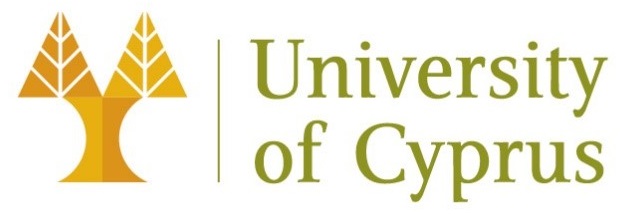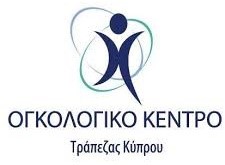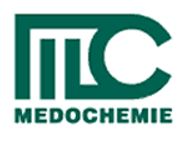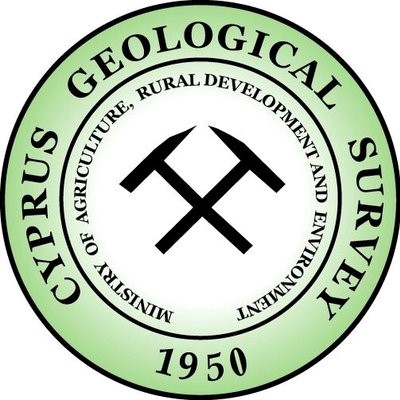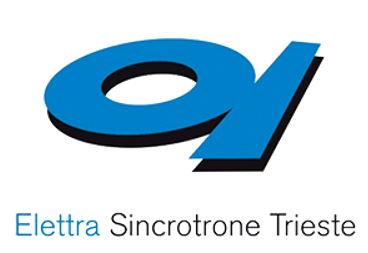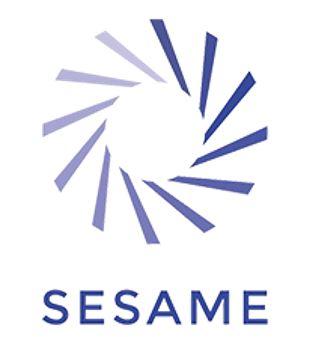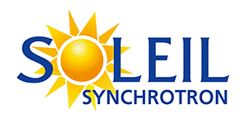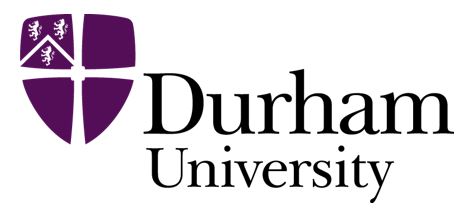BioMERA
Platform for Biosciences and Human Health in Cyprus: MicroCT Enabled and Synchrotron Radiation Enabled Analyses
The main aim of BioMERA is the creation of a new, distinct research unit, involving the design and construction of a customised walk-in-hutch microCT facility, unique in Cyprus, and in the region. The enhancement of this new research unit through HO contribution of additional instrumentation, such as FTIR (Fourier Transform Infrared spectroscopy), XRF (X-ray Fluorescence), and high magnification digital microscopy, enables cutting edge analyses of human tissues and remains, both ancient and modern, and pharmaceuticals, in combination with the microCT facility. The BioMERA microCT and other instrumentation, expertise and sample preparation facilities available through the BioMERA platform will also provide a wide variety of opportunities for applications in Archaeology, Cultural Heritage and Heritage Science. Further, material samples key to research in all Cyprus Smart Specialisation Strategy domains can be explored through the BioMERA platform. The BioMERA platform has key links to synchrotron radiation facilities and major National and European Projects (FF-MAC, RIF - https://face2face.cyi.ac.cy; BEATS EU H2020 - https://beats-sesame.eu). The BioMERA platform (INFRASTRUCTURES/1216/0009) is co-financed by the European Regional Development Fund and the Republic of Cyprus through the Research and Innovation Foundation (RIF; 1 million Euros, 2019-2023).
Human health research requires sophisticated infrastructures to allow cutting edge science to take place within the relevant domains of biosciences, biomedical sciences and technology, including bioarchaeology. In recent years, vast infrastructures, such as multi-national synchrotron facilities have begun to be used increasingly in researching human health, both ancient and modern. Increasingly sophisticated high-resolution imaging has opened up new research directions for diagnosis of disease as well as development of safe and effective pharmaceuticals. This project will create a new distinct research unit (platform) focused on biosciences and human health, both ancient and modern, with the design and construction of a customised walk-in-hutch micro computed tomography (microCT) facility – a research infrastructure not yet available in Cyprus, but crucial to the study of human health, past and present. In addition to the cutting edge, laboratory based high-resolution 3D imaging, at micrometre scales, of both modern and ancient human tissue and remains, pharmaceutical compounds and products, and laboratory animals, critical in human health research, the microCT will open doors for Cypriot researchers and research groups, as well as regional users, to access multi-national cutting-edge research facilities, synchrotrons, allowing even higher resolution studies, and research requiring phase contrast. The new research unit shall pursue high-level frontier research in the domains of biosciences, as well as biomedical sciences and technology. The project has applicability to two specific focus areas of the Health Priority Sector of the Cyprus Smart Specialisation Strategy: the diagnosis of diseases in Cypriot populations (ancient and modern), contemporary methods of imaging, and exposure to environmental conditions; as well as the development of safe and effective pharmaceuticals. Further, BioMERA microCT and other instrumentation available throught the BioMERA platform will provide a wide variety of opportunities for applications in Archaeology, Cultural Heritage and Heritage Science. Through the case study components on ancient human health, and relevant research on archaeological human remains, the project contributes towards an additional focus area, namely the conservation, promotion and exploitation of cultural heritage. The platform is open for users from all other domains of scientific inquiry, including all domains of the Cyprus Smart Specialisation Strategy, as well as Archaeology, Cultural Heritage and Heritage Science.
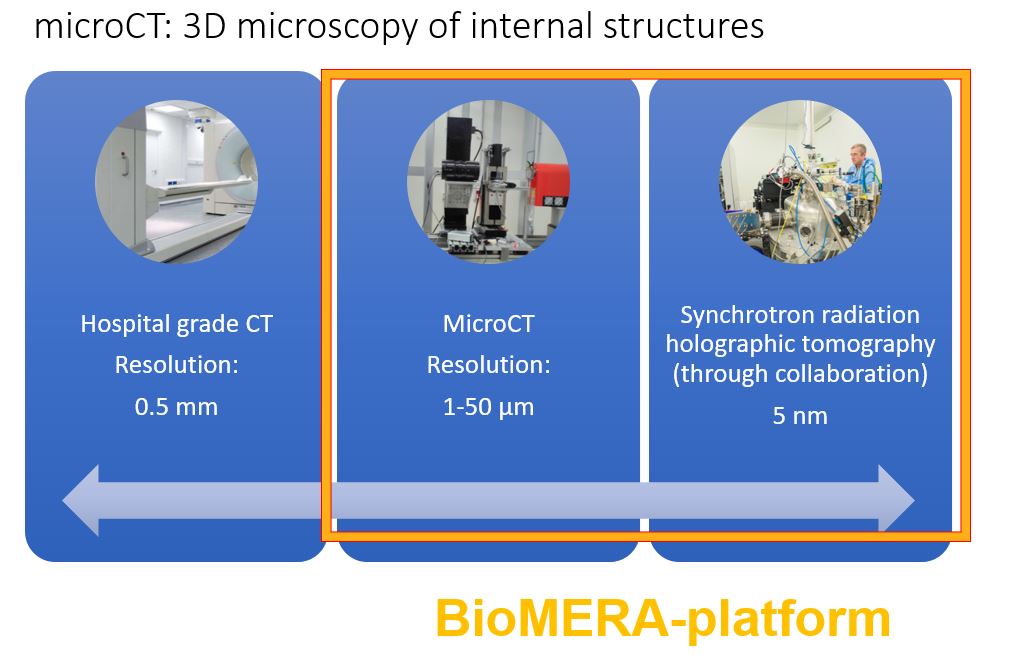
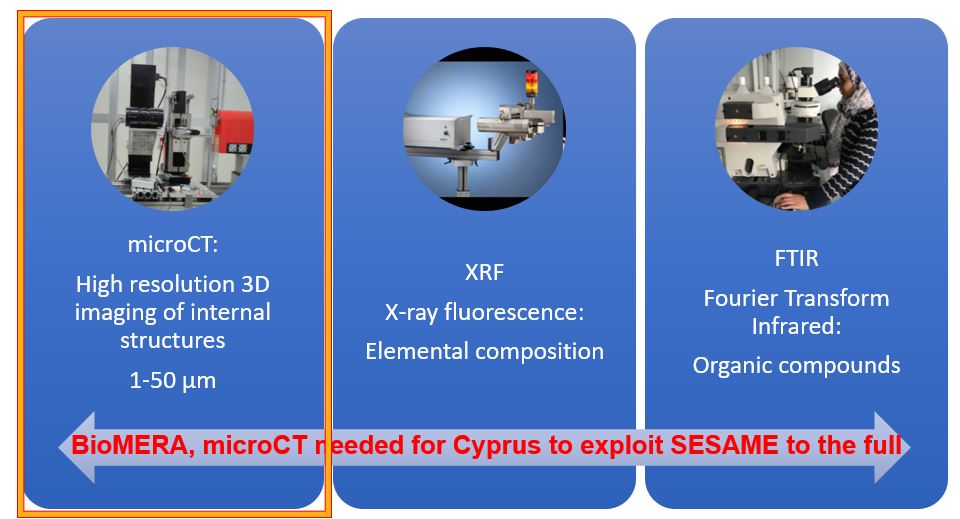
Το Έργο INFRASTRUCTURES/1216/0009 συγχρηματοδοτείται από το Ευρωπαϊκό Ταμείο Περιφερειακής Ανάπτυξης και την Κυπριακή Δημοκρατία μέσω του Ιδρύματος Έρευνας και ΚαινοτομίαH έρευνα για την Ανθρώπινη Υγεία απαιτεί χρήση εξελιγμένων υποδομών οι οποίες επιτρέπουν επιστημονική μελέτη αιχμής στους τομείς των Βιοεπιστημών, της Βιοϊατρικής και τεχνολογίας, συμπεριλαμβανομένης της Βιοαρχαιολογίας. Πρόσφατα τεράστιες υποδομές, όπως οι πολυεθνικές εγκαταστάσεις συγχρότρου, χρησιμοποιούνται όλο και περισσότερο στην έρευνα για την ανθρώπινη υγεία στη σύγχρονη εποχή και στην αρχαιότητα. Οι όλο και πιο εξελιγμένες απεικονίσεις υψηλής ανάλυσης δημιούργησαν νέες κατευθύνσεις στην έρευνα για διάγνωση νοσημάτων και ανάπτυξη ασφαλών και αποτελεσματικών φαρμάκων. Το έργο θα δημιουργήσει μια νέα ερευνητική μονάδα (πλατφόρμα) με επίκεντρο τις βιοεπιστήμες και την ανθρώπινη υγεία τόσο στην αρχαιότητα όσο και τη σύγχρονη εποχή, με την εγκατάσταση μιας μικρό-αξονικής τομογραφικής υποδομής. Αυτή η υποδομή δεν είναι ακόμη διαθέσιμη στη Κύπρο, αλλά είναι κρίσιμης σημασίας στη μελέτη της ανθρώπινης υγείας. Εκτός από την τρισδιάστατη εργαστηριακή απεικόνιση υψηλής ανάλυσης με τη χρήση τεχνολογίας αιχμής, σε σύγχρονους και αρχαίους ανθρώπινους ιστούς και υπολείμματα, φαρμακευτικά προϊόντα και πειραματόζωα, τα οποία είναι ύψιστης σημασίας στην έρευνα για την ανθρώπινη υγεία, η μικρο-αξονική τομογραφία θα ανοίξει τις πόρτες σε Κύπριους ερευνητές δίνοντας πρόσβαση σε πολυεθνικές σύγχρονες ερευνητικές υποδομές συγχρότρου, για μελέτες υψηλότερης ανάλυσης και έρευνα που απαιτεί αντίθεση φάσης. Η μονάδα θα διεξάγει έρευνα υψηλού επιπέδου στους τομείς των Βιοεπιστημών και της Βιοϊατρικής και τεχνολογίας. Το έργο είναι εφαρμόσιμο σε δυο συγκεκριμένα πεδία του Τομέα Προτεραιότητας Υγείας της Στρατηγικής Έξυπνης Εξειδίκευσης της Κύπρου: τη διάγνωση ασθενειών στον κυπριακό πληθυσμό (σύγχρονο και αρχαίο), σύγχρονες μέθοδοι απεικόνισης και έκθεση σε περιβαλλοντικές συνθήκες, καθώς και τα ασφαλή και αποτελεσματικά φαρμακευτικά προϊόντα. Επιπλέον, μέσω μελετών περίπτωσης, το έργο συμβάλλει και στην προτεραιότητα της διατήρησης, προβολής και αξιοποίησης της Πολιτιστικής Κληρονομιάς.
The Project INFRASTRUCTURES/1216/0009 is co-financed by the European Regional Development Fund and the Republic of Cyprus through the Research and Innovation Foundation.





The BioMERA Scientific Advisory Committee (SAC) consists of a highly eminent group of scientists of international stature. This external review college assesses the scientific validity of the work, and advises as regards to the strategic development of the BioMERA research platform.

Prof. Ruth Arnon, former Chair of the Israel Academy of Sciences and Humanities Science Division, and the co-developer of the multiple sclerosis drug Copaxone, Prof. Herwig Schopper, former Director General of CERN, and one of the founding fathers of SESAME Synchrotron, Dr Paul Dumas, Director of Research at CNRS (Centre National Recherche Scientifique) and currently on secondment at the French synchrotron radiation source SOLEIL, Dr Andrea Lausi, Scientific Director of the SESAME synchrotron, Dr Giorgio Paolucci, Chief Scientific Officer at Elettra-Sincrotrone Trieste S.C.p.A., Prof. Harold Varmus, Nobel Laureate (1989), Professor at Weill Cornell Medicine, Dr Jean Susini, Director of Research for Life Sciences, ESRF (European Synchrotron Radiation Facility).



